Oggi vi voglio presentare Paolo Leone, my Master Taster cheese!
He graduated in Animal Science and researcher and expert popularizer of culture of food, leads sensory pathways knowledge to spread the culture of cheeses. Real sensory experiences that allow us to conscious consumption of this dairy product, apprendendone the history and characteristics.
I met Paul through my group "Le Vigne-tte". A group dedicated to those who love food and wine, but especially to those who love the land and the people who meet and work. Comments that says one evening we decided to organize a rally to meet everyone in person! Era momentaneamente senza auto, and then after we agreed, I went to take him to Milan. On the way over to tell us of our lives, viaggiammo accompagnati dal sottofondo musicale che aveva portato con sé. Musica di gran classe di cui è appassionato. I'll give you a taste ...
You are not to te souviendras
My face, my name.
The earthly puppets
Are three small towers and then go ...
“Tu ne te souviendras pas” – Barbara 1962
Have you heard how wonderful ... real poetry to the ears and soul!
But now stop the music, è tempo di farvi conoscere Paolo Leone, or better Paolino, as I call it! 😉
- Paul, Do you remember that morning on the way, I asked him how he did your passion for the world of cheese. Let's go back in time, tell me ...
The passion for cheese food is far, goes back to childhood when my sister and I had a 'nanny', Maria (Mariute as it was called by its), Origin of the low Friulian; when he came back from holiday we always wore a beautiful piece of Dairy, that, even if well wrapped, This gave off a scent of milk, burro e… cheese not resist! Me lo ricordo ancora adesso!
Even a passion for the stories of the cheese comes from there ... And 'then increasing more and more to study and work when I started attending farmers and dairymen. Beyond what I could (and I can) I see, There were facts and stories that only they knew, but who willingly shared, e così pian piano mi sono appassionato e ho deciso di fare da portavoce di una piccola parte di quel mondo.
- Posologia e modalità d’uso del… formaggio!
Il formaggio è un alimento quasi completo, al punto che basterebbe aggiungere soltanto un piatto di verdure, magari a foglia verde, per soddisfare le esigenze in nutrienti di un pasto. Ma su questi aspetti lascio la parola agli esperti del settore… (unless they think that Quartirolo is a low-fat cheese!).
As for the 'how', the first concept you must keep in mind when you want to eat cheese, (one or more) with sensory satisfaction, is that it must be removed from the refrigerator in advance of the time of tasting, the time it takes to reach an adequate temperature, or at least 16 ° C- 18°C. Then it must be prepared, cleaned if necessary, well cut (I'll explain later…), put in the right flavor sequence. In short, you can't mess with cheese!
- “Don't let the farmer know how good the cheese is with pears". What do you think of combinations with cheeses. Better enjoyed alone or ... combined with ... ?
Here in this I am a bit fundamentalist ... Since I suppose the cheese is good, why combine it with something? If anything I can use pears or other fruit or other products, as 'separators' of flavors.
In case (toh… A case, and what a case!) I wanted to taste some tasty cheeses, for example of goats, and if the season allows it, I find that fresh and ripe raspberries, are a great food to alternate. Likewise are excellent thin slices of green apple, which can also cleanse the mouth from the flavors of fatty and aged cow's milk cheeses. However, you can find an almost infinite amount of combinations, just taste and experiment. But ... avoid offering me the combination with "compote of Tropea red onions caramelized with balsamic vinegar, ginger e…" I got it !?
- I recently discovered Fontina DOP by visiting a Valdostana reality that produces it in the Alpine pastures. In these valleys at an altitude of 2000 meters animals are fed in pastures rich in a particular vegetation that gives the milk characteristics far more peculiar farming in the valley. Despite this, you can not distinguish between a label and a fontina Alpine valley floor, seen that the marking is the same, and is not allowed by the specification to add anything beyond the specification for the PDO. What do you think, and how do you evaluate the descriptive part of the labels for the consumer's knowledge?
This is the subject of a battle that I have been fighting for some time. Just in these days I was communicating these concepts to students. Consumers need to understand where quality lies, and labels, they would allow it. Also the use of trademarks on the forms (in France it has been happening for some time) they can indicate the provenance of a cheese. However, if the producers agreed and did joint action, maybe… they could get something. I know it's not easy. But… the battle continues!
- “Cheeses and craft beers”. A fashion or ... ?
Everything is fashion, nothing is fashion…
Beer, indeed beers (cit.) present a variety of scents, aromi, flavors and alcoholic strengths, that can be perfectly combined with any food; in particular the combination with cheeses, which for variety and complexity are no less than beers, represents one of the most exciting 'challenges'. Whenever the opportunity arises to organize a tasting of 'beers and cheeses', especially with Schigi or Kuaska, two Italian beer gurus, I can not help ! Even if I always come out pretty tipsy ...
- By now you know me ... Tell me which cheese would you offer me ?
The buffalo blue, blue because it has blue-green molds like those used to make Gorgonzola. I associated it with you because it is flavorful and persistent! If eaten during the meal I would say that it is perfect to combine it with a Buttafuoco! If, on the other hand, you eat at the end of the meal ... let's accompany it with a passito made from brachetto grapes (so the wine experts have a reason to blame me!)
- You made me want to cut a piece of it! But wait a bit, I used to read that you teach how to "cut" cheese ... This is beautiful, you want to explain me?
Starting from the assumption that everyone must eat all the representative parts of a cheese, this fact occurs only if we cut it correctly. Since the maturation of the forms occurs for almost all cheeses (the exception is the blue cheese), from the periphery (the crust) in the center of the shape, it would be an incomplete sensory experience "eating only the central part, or only the outermost one ”of a cheese. Because if I don't know him, and I don't know how to cut it, I can decide that the scabs are not important.
I'll tell you an anecdote to make the concept better; I shudder to remember having even read it on a very popular Italian cooking blog. There are those who remove the crust of cheeses with a flowery rind, to make them more presentable (sic!). I specified 'Italian' , why try to imagine writing a similar sentence on a French blog ? At the very least, they wait for you outside the office and take Camembert cakes in the face!
Per concludere, if they are cut well they can be presented well and preserved better. I'm waiting for you for a practical demonstration!
- In these years of experience you have had the opportunity to taste many cheeses. Difficult answer, but courage! Tell me if anyone particularly impressed you?
They threw me many, but no one has ever hit me ... Ahahahaha Seriously, without a doubt, what struck me most was the Tchoukou, the Tuareg cheese. It is an unsalted and 'dry' cheese. This type is almost unique compared to our usual ones, both in size and appearance, remembers a pastry.
Curiously I find that, also one of the other cheeses that struck me, it is not salty. It deals with, as you may have guessed, of Pannerone (from Lodi), famous above all for its bitter-sweet taste and for the notes of butter that are perceived first on the nose, and then in the mouth.
Then ... I could tell you one for each letter of the alphabet, but I will stop at the letter B. B come Bitto: "I will never forget that piece of mountain cheese that tasted of exotic fruit on the nose, pineapple in particular! Amazing!”
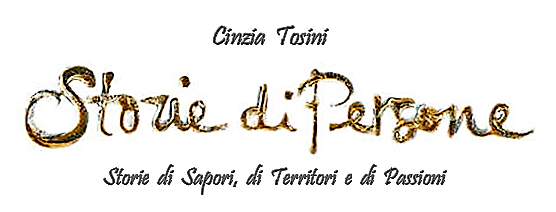




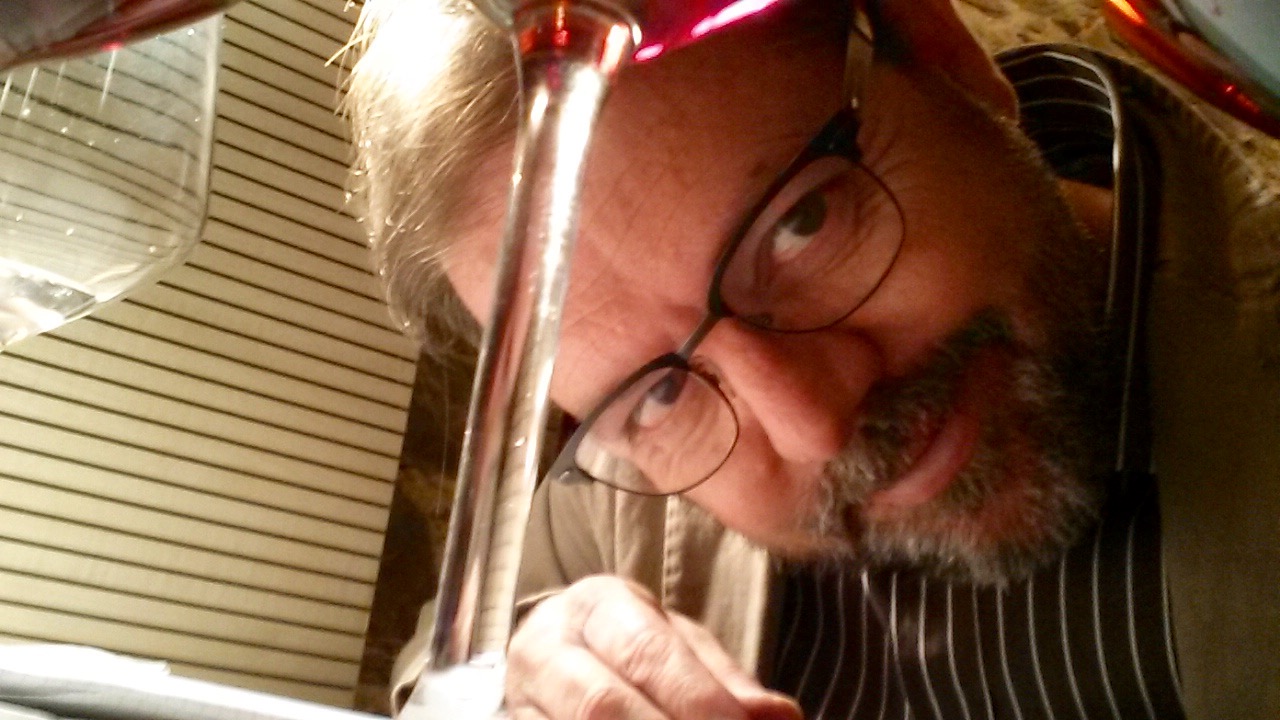
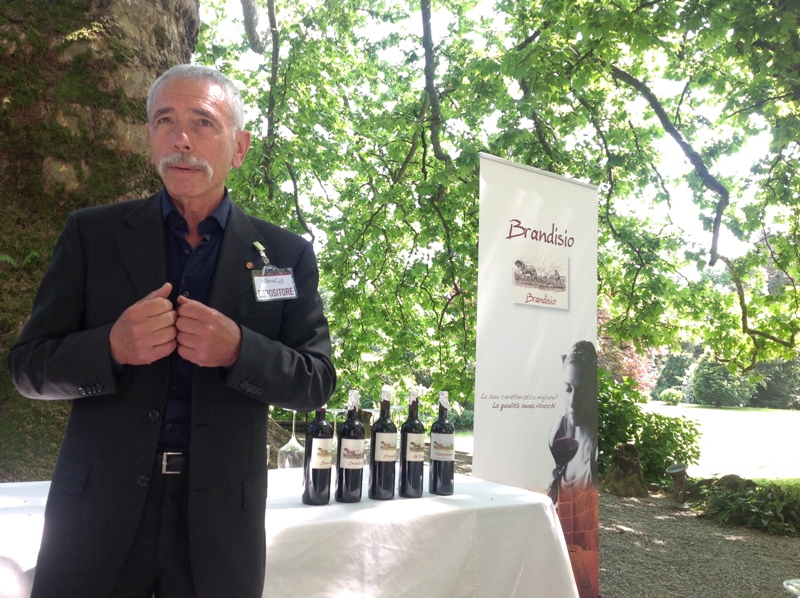




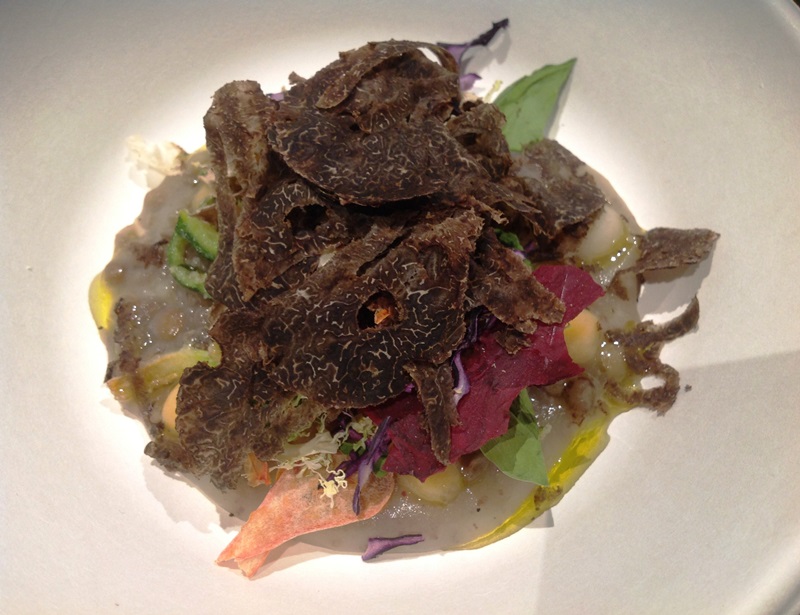



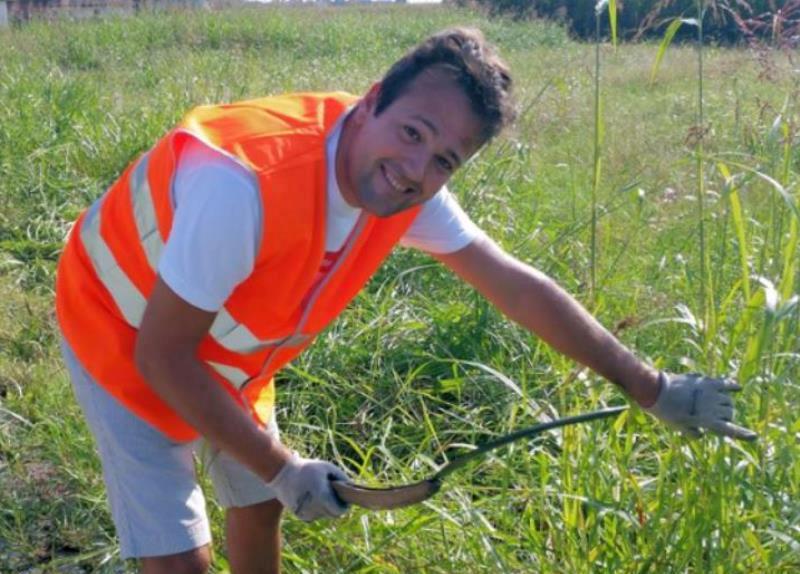
Comments to the publication reported on Facebook
Justin Catalano:
I like! I like that he sees cheese as food and not food to accompany honeys and compotes. I like the fact that the Pannerone of Lodi lies, formaggio per il quale ho particolare predilezione per la persistente nta di amaro. Mi piace meno l’abbinamento Blu di Bufala con il brachetto (anche se non lo vedo sballato) io ci metterei accanto un Passito DOC Taburno “Sarriano” di Nifo Sarrapocchiello (Benevento). Bravo! Viva il formaggio! 🙂
Dorina Gentili Ape Furibionda:
Cynthia, a casa mia, se mi distraggo, mi tagliano il formaggio dalla punta, dopo trent’anni che mi raccomando di tagliarlo equamente. Qualche volta li uccido!!! Il tuo amico Paolo ha mille ragioni e l’articolo è davvero interessante! Ciao cara, bacio ♥
Cynthia Tosini:
Giustino ben detto… Sai ti piacerebbe anche Paolo, un vero appassionato che non ama celebrarsi… lui celebra il formaggio! 🙂 É per questo che ho voluto farvelo conoscere…
Cynthia Tosini:
Dorina, dai ai tuoi i consigli di Paolo… si sa mai che sia la volta buona!! :-)))) Un bacio a te, and, resisti!! 😉
Paolo Altrove Leone:
acc… dovrò necessariamente procurarmi il Passito DOC Taburno “Sarriano” di Nifo Sarrapocchiello (Benevento).
Paolo Altrove Leone:
Dorina, il cacio dà la forza di sopportare… resisti! 😉
Ma guarda cosa ti tocca fare ogni volta per colpa di FB… 🙁
allora scrivo direttamente qui: io amo il formaggio ma non so perché, a piccole dosi, non amo fare “scorpacciate”, quando mi presentano piatti con sopra 6-7 fette di diversi formaggi vado in ansia, perché so che non ce la farò a finirle, soprattutto se prima ho cenato…fra i formaggi citati aggiungerei, ovviamente a mio gusto, il Bettelmatt, anche questo formaggio d’alpeggio, che può stagionare anche dieci anni, io ne ho fatto una degustazione verticale e ho provato molti brividi lungo la schiena.
[…] tra i miei preferiti che deve il suo nome alle muffe blu-verdi utilizzate per fare il Gorgonzola. Paolo Leone, my cheese expert, describes it as tasty and persistent. This is one of the […]